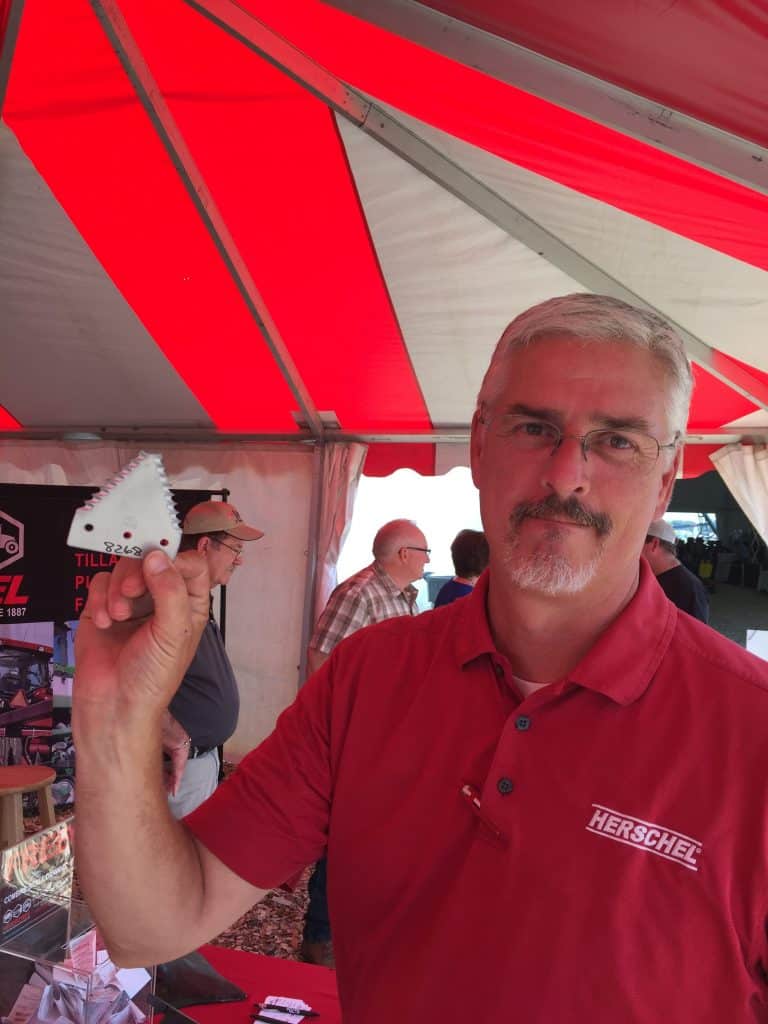In delivering farmers a better, higher-yielding soybean, it also became tougher to harvest.

Over the years, plant breeders have been working to create more efficient soybeans by enhancing the genetics. While these genetic enhancements have increased soybean output, they’ve also presented a challenge come harvest.
How do farmers harvest when the bean is ready, but the stalk is still green and fibrous?
“With new genetics in soybean plants, the stalk has become really tough,” says Brett Lauer, territory representative for Herschel Parts.
He explains that a conventional section typically comprises 7 or 14 teeth per inch, and as the teeth try to cut the stem, they actually pull the plant and rip it off. This movement also shakes the plant increasing pod shatter and yield loss.
In seeking a solution, Herschel Parts developed and brought to market the Tiger Shark section about four years ago.
“We’ve developed a section called the Tiger Shark that has 3 teeth per inch,” says Lauer. “It’s like a steak knife. You’re cutting the bean plant quicker and cleaner with less shatter loss, because you aren’t shaking the plant.”
“It’s the easiest way to get more beans in the combine,” he says.
But the bigger challenge may be how you market something that differs from the standard sickle.
“There’s always skepticism when you try something new,” says Lauer. “We’re getting out there to talk to the farmer to say ‘give it a try, and if you don’t like it we’ll replace it with the sections you had.’ We want to get it in as many people’s hands as we can.”












